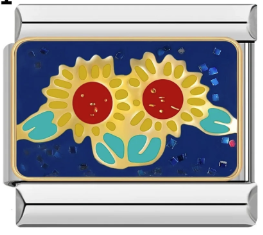The Difference Between Lab-Created and Natural Moissanite: Which is the Better Choice
What is Lab-Created Moissanite?
Lab-created moissanite is made in a laboratory using advanced technology to replicate the process that occurs in nature. Essentially, a small piece of silicon carbide is placed in a high-temperature and high-pressure environment, causing it to form into a moissanite crystal. This process creates a gemstone with the same chemical and physical properties as natural moissanite.
What is Natural Moissanite?
Natural moissanite is extremely rare and is found in very small quantities in some meteorites and in a few areas around the world, including Wyoming and Israel. Because of its rarity, natural moissanite is much more expensive than lab-created moissanite.
What are the Differences?
In terms of appearance and quality, there is no difference between lab-created and natural moissanite. Both types of moissanite have the same sparkle, brilliance, and fire, and are nearly as hard as diamonds on the Mohs scale of hardness.
The main difference between the two is price. Lab-created moissanite is much more affordable than natural moissanite, making it an excellent choice for those on a budget. It also offers a more sustainable and ethical option, as it does not require mining and does not contribute to environmental damage.
Which is the Better Choice?
Ultimately, the choice between lab-created and natural moissanite comes down to personal preference and budget. If you're looking for an affordable and sustainable option, lab-created moissanite is an excellent choice. On the other hand, if you're a collector or looking for a rare and unique gemstone, natural moissanite may be the better choice.
When shopping for moissanite, it's important to buy from a reputable seller who can provide certification of the stone's authenticity and quality. With proper care and maintenance, moissanite can last a lifetime and offer the same beauty and sparkle as a diamond at a fraction of the cost.




















